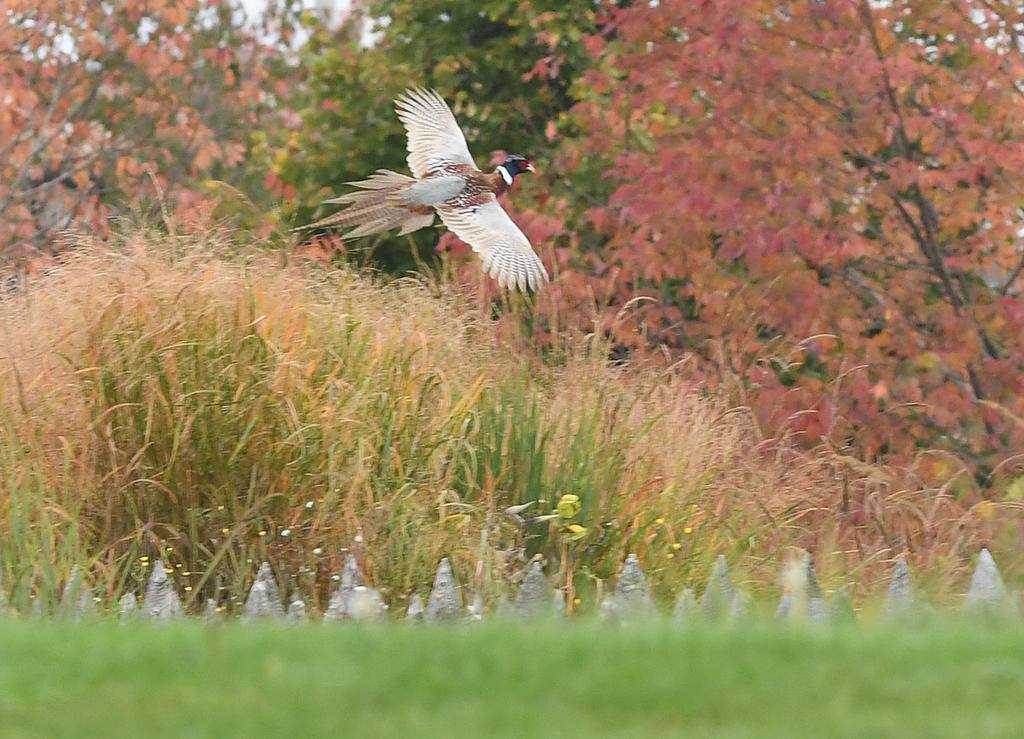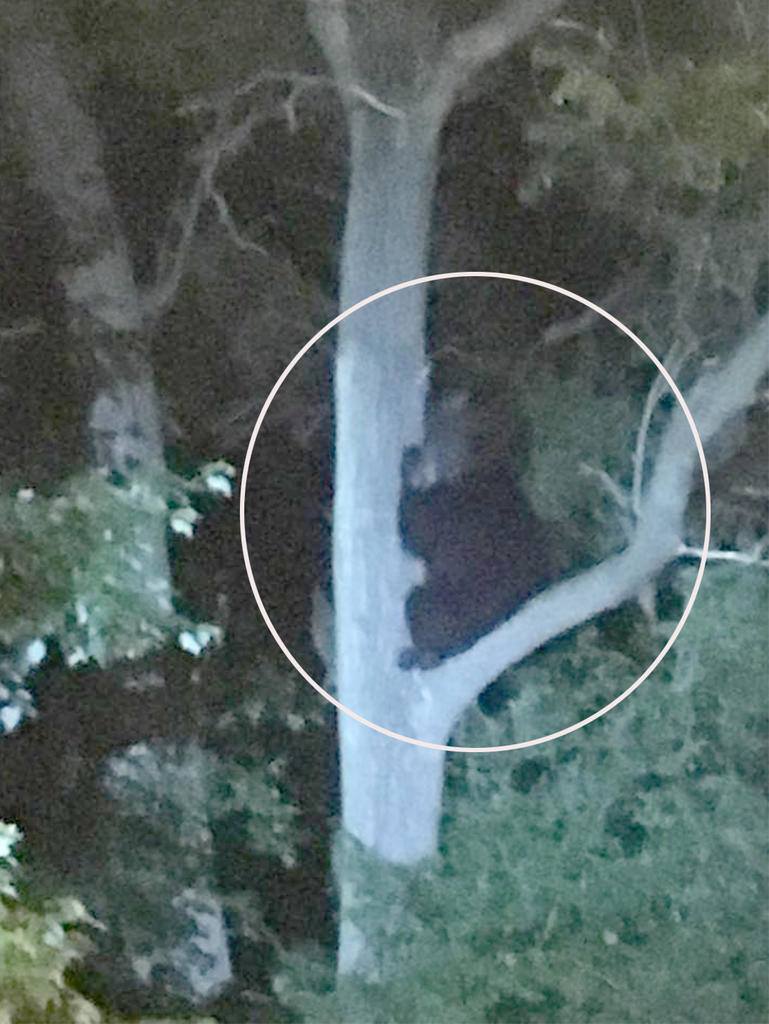Birds in the Oneida County area had been studied extensively throughout the late 1700s to early 1900s. In 1977, after compiling historic data and records, there were 289 native species known to Oneida County. One of the more notable species is the wild (passenger) pigeon, which has gone extinct and were recorded as an easy meal for the soldiers of Fort Schuyler in the time of the Revolution (they netted them on walls). Multiple pigeon bones were found during the archeological excavations of the 1970s. Captain James Gregg was infamously scalped while out hunting them just prior to the Siege of 1777 and other soldiers were noted as netting them on the fort walls for regular meals! So numerous were these birds at one point, were described as able to “darken the heavens” for hours while they flocked overhead. Other birds include the wild turkey, which was almost eliminated through hunting and development by the mid-1800s, the peregrine falcon, and bluebird. Mockingbird, titmouse, and carolina wren (although native) spread further into the area as trees were cut from the forests as they survive on forest perimeters and lowlands.
Below: A pheasant spotted on park grounds, taking in a view of the fort's outer works.
Photo Credit: Rome Sentinel

Amphibians and reptiles could be found as well including the bullfrog, wood turtle, box turtle, copperhead snake, timber rattlesnake, and eastern massasauga rattlesnake (or swamp rattler).
Below: In various flowers throughout the park, if you look cloesly in the mornings, you may see some interesting insects sleeping in after a hard day's work. Most bees are social creatures and enjoy snuggling with other bees to feel safe at night and to stay warm. Here we have two bumblebees and a squash bee snuggling together.

Because of the many fish brought to stock ponds in the 1800s, it is difficult, if not impossible to determine what species of fish are specifically native to the Mohawk River, Wood Creek, and Oneida Lake. However, the recorded Atlantic salmon migrations to Oneida Lake stopped in 1856 as further development along the lake began. It has also had a consistent record of walleye pike, which were restocked as their numbers dropped. Brook trout were recorded in many of the streams flowing into the lake. Northern Pike, perch, large and small mouth bass, and sunfish would have been found throughout the lakes, streams and rivers of the modern New York area, including the Mohawk.
Below: Walley vertebrae found during archeological excavations in the 1970s at the park.

There are many mammals that have been recorded throughout the area surrounding the carry. Some of the species that helped to contribute to the historic growth of the area, through the fur trade, include: beaver, otter, rabbits, fox, squirrel (red), white-tailed deer moose, and mink. Wolves, elk, wolverines, fisher, and marten numbers declined rapidly or became extinct throughout the 1800s as trappers flooded the area. Beaver are the best example of a species on the brink because of trapping and hunting as their numbers were nearly wiped out in the mid to late 1600s and again in the 1700s (dependent on New York region). Mountain lion and bobcat were recorded throughout New York, however rarely because their range can be large. Most sightings in the in the early 1800s took place in northern most reaches of Oneida County’s borders. There is debate about whether or not moose may have occurred in northern Oneida County during the 1700s and years prior. It should be noted that the forested lands that both the cats and moose require would have extended down into the area of the carry prior to its development.
Dutchman, Harmen Meyndersten van den Bogaert (who became the first European to record his journey through the area in 1634), stated that he was fed white hare, beaver, dried and fresh salmon, venison, bear bacon, and venison. He also saw (living or pelts): elk, beaver, bear, otter, mountain lion, and deer.
In June of 1777, Colonel Peter Gansevoort recorded in a letter that he had "…Exceeding good living here plenty of Veal Pigions and Fish of Different Sorts."
In the past decade, martens, skunks, deer, ducks, geese, coyotes, moose, turkeys, woodchucks, and pheasants have been spotted at or within a few miles of the park. Some of these sightings are the first documented ones in over a generation! In 2016, a black bear even decided to visit and spent the night in a tree on park grounds! Critically endangered bumble bee species and numerous other insects have also been identified living in park grasses.
Note that all the photos in this post were taken at or within a one-mile radius of the park! In fact, you can still see many of these creatures only 5 miles from the park in the Rome Sand Plains; a protected natural area that has much the same look as it would have during the American Revolution.
Perhaps soon, with the proper conservation efforts, we won't be showing off pictures or pelts of the historic wildlife. We'll be able to point them out in the grass!
Below: A black bear makes a visit to a tree at Fort Stanwix National Monument in 2016. Apparently that is why he had to cross the road!

SOURCES
- The History of Oneida County: Commemorating the Bicentennial of Our National Independence. (1977). Utica, NY: Oneida County Historical Society. Chamberlain, J.L . “Fauna”
- “New York Wildlife Refuges.” (2011, September 30). U.S. Fish and Wildlife Service. http://www.fws.gov/refuges/FishingGuide/region_NEA.html#52550
- Sleeman, G.M. (Ed.) (1990). Early Histories and Descriptions of Oneida County New York. Utica, NY: North Country Books
